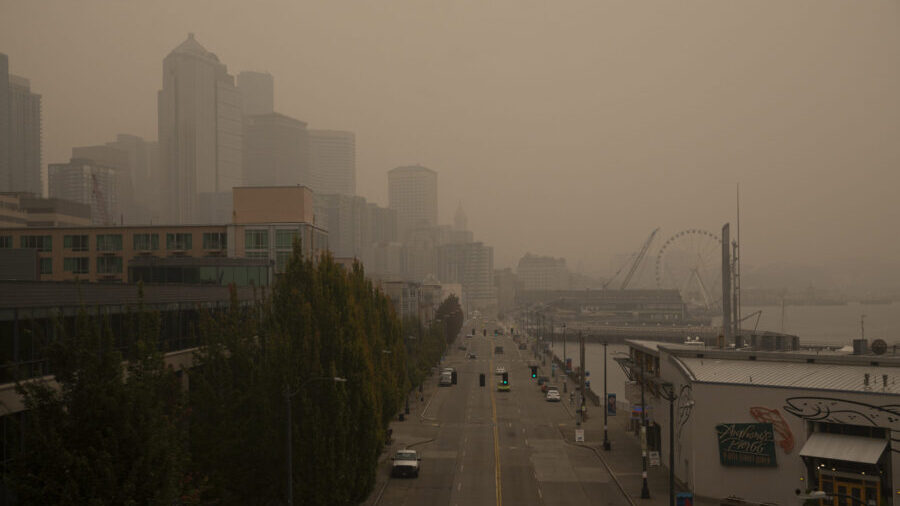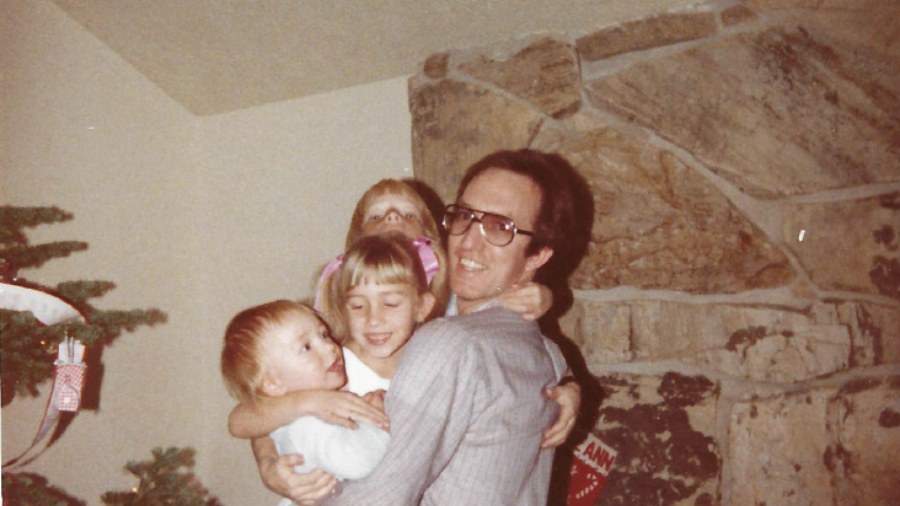More people in Seattle walking, using transit to get to work
Feb 10, 2017, 6:54 AM | Updated: 3:52 pm
Seattle gained about 45,000 new jobs between 2010 and 2016, but it may not be so obvious if you study the traffic patterns downtown.
“What’s amazing is that we were able to grow 45,000 new jobs in downtown Seattle, but hardly any more cars at all – 2,255 to be specific,” said Jonathan Hopkins, executive director of Commute Seattle.
Related: Seattle can’t handle more vehicles, SDOT director says
Hopkins said that if 45,000 more people chose to drive in downtown Seattle, the cars would take up 245 city blocks, or one full square mile of land. If a parking garage was built for the new cars, it would have to be a 245-story building costing $3.6 billion, according to Hopkins.
Seattle commuting trends
Commute Seattle is a partnership between Seattle businesses and government agencies – mainly through the Downtown Transportation Alliance. That includes the Downtown Seattle Association, King County Metro, the City of Seattle, and Sound Transit. Its primary goal is to promote diverse transportation options, especially as more jobs are created.
Commute Seattle conducts a study every two years –- since 2010 — and it just released its latest findings for 2014-2016.
About 70 percent of commuters are choosing not to drive alone into downtown Seattle. Instead, people are using transit (47 percent), walking (6 percent), biking (3 percent) and taking other methods to work.
Compared to 2010, solo drivers decreased by 5 percent. It’s that trend that Commute Seattle focuses on.
“If they have to drive to work, or really want to drive to work, they have to hope we are successful giving other people options not to,” Hopkins said. “If we want the economy to grow, and jobs to come to Seattle instead of some other city, then you have to be able to get around. If everybody drives, nobody is getting anywhere … everybody is just stuck.”
How Seattle commutes
Commuting trends from the latest study:
• 31,000 more daily transit riders in 2016 than in 2010
• 2,300 more carpoolers in 2016 than in 2010
• 1,500 more bicyclists in 2016 than in 2010 (7,000 total)
• 3,500 more walkers in 2016 than in 2010
• About 2,000 more people telecommute
“When you add all that up, 95 percent of our job growth has been non-drive-alone modes,” Hopkins said.
Rideshare
The study does not capture one major trend that has emerged since 2010 – ridesharing. While the study takes into account carpooling, it does not specifically address companies such as Uber or Lyft. Hopkins said that Commute Seattle wants to include them in the future.
The organization would be wise to do so. Market disruption expert Tony Seba predicts that cities like Seattle will experience a dramatic shift in car ownership and use. He says that people will ditch their cars in favor or ridesharing and other options.
Walking, biking and transit use
Hopkins said that about 14,433 new residential units were built in downtown Seattle between 2010 and 2016. That is likely more than 20,000 new people living in downtown, he said. It could also be a factor for the increase in walking, bike riding and transit use. Commuting a short distance would not require a car.
Bike ridership was another part of the study Hopkins pointed out. Some bike numbers have dropped since the last study. But overall, bike ridership is up in downtown Seattle.
How is that possible? Bike ridership at small companies went down in the recent study. Hopkins’ explanation — the study only measured two weeks of those riders in October and November of 2016 — notably the rainiest months on record. Hopkins suggests a lot of bike riders avoided the rain at that time.
Bike ridership at large companies, however, increased with job growth. Those riders are measured throughout the two-year span of the study.
“The raw numbers (for bikes) have increased, and they’ve increased every year,” Hopkins said. “The percentage goes up for people at large companies, and the percentage for people at small companies went down.”
“There are, on average, 1,500 more bicyclists a day in 2016 than there were in 2010,” he said. “If all those people drove cars, their cars would fill the largest parking garage in downtown.”


















